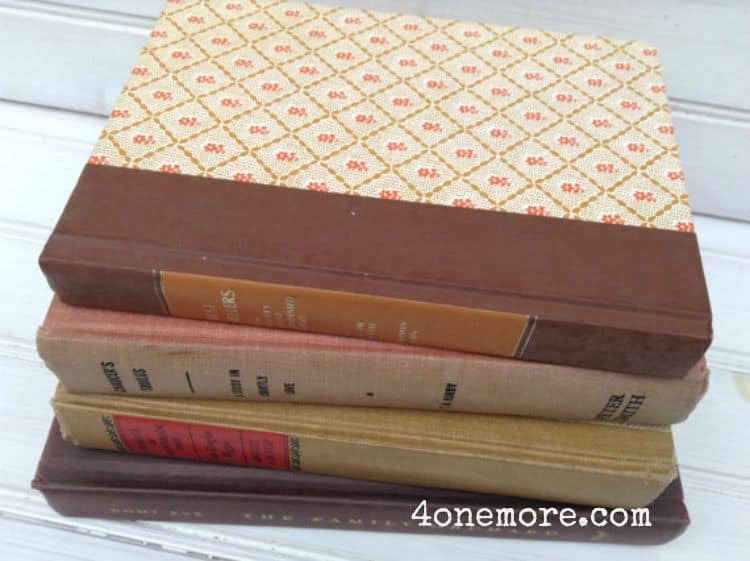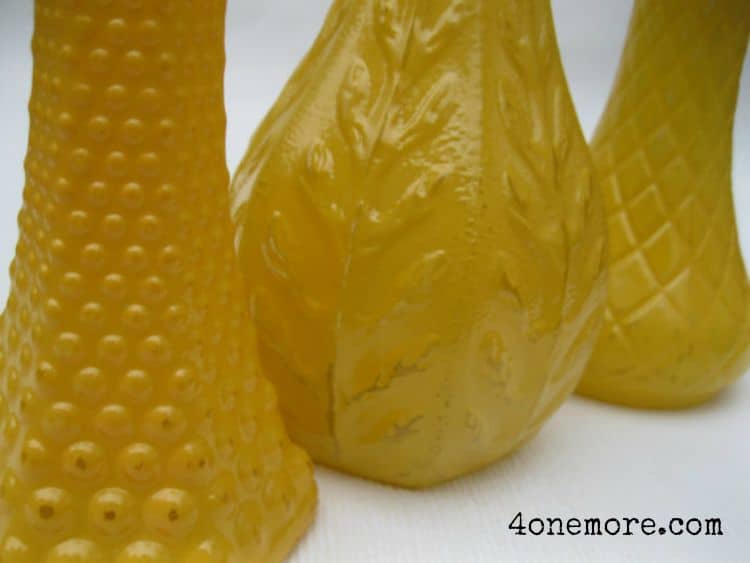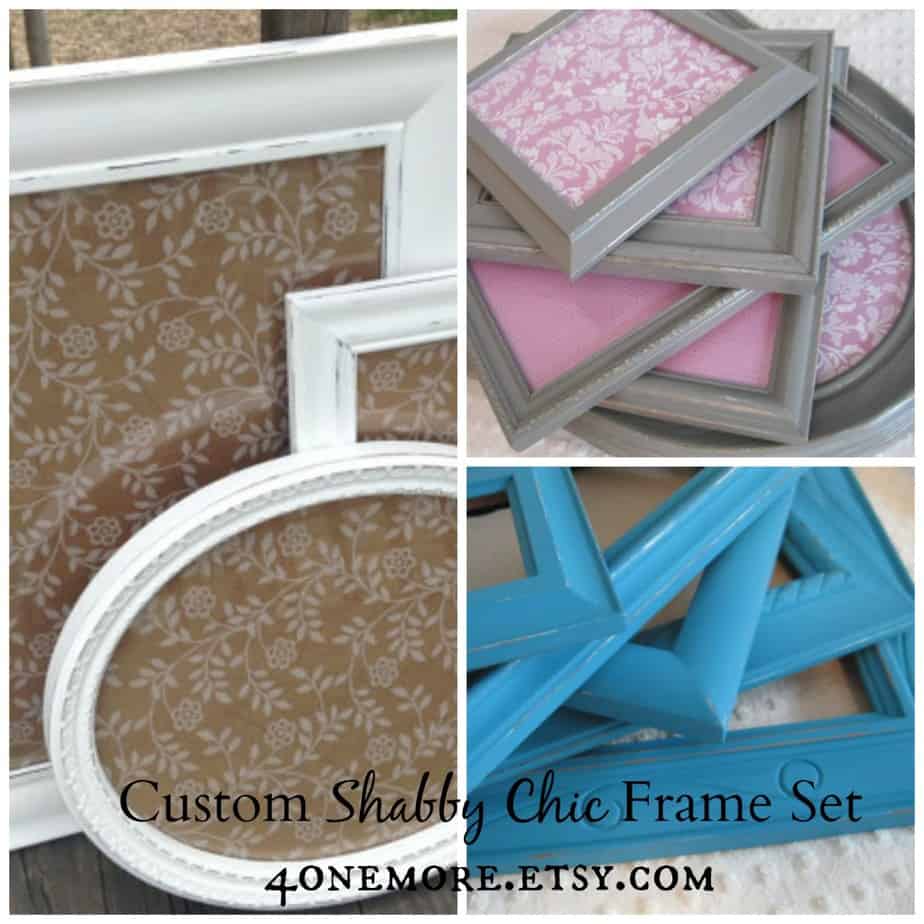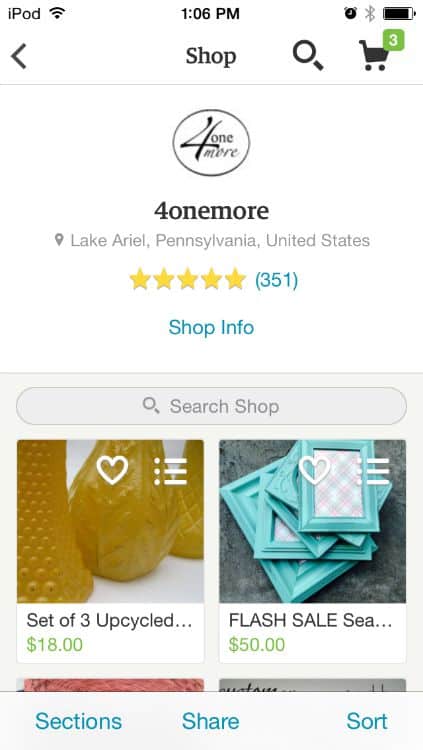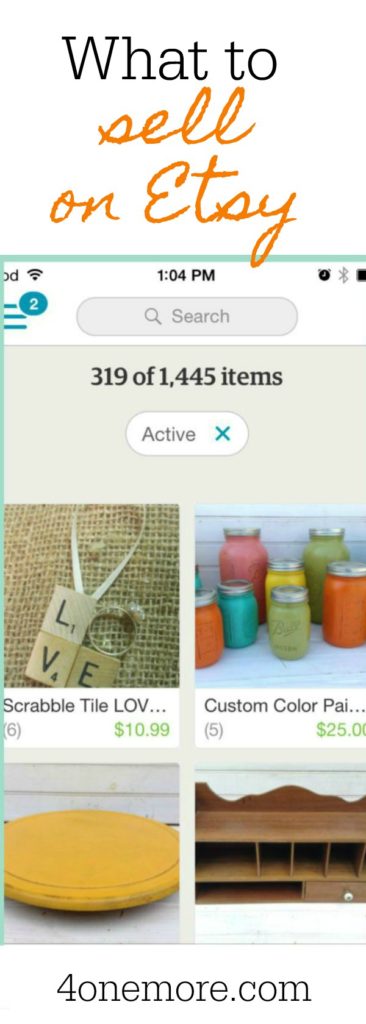With several years of experience as an etsy shop owner and over 1600 sales, I hope to inspire and encourage you to take the plunge and open your own shop if you’ve ever thought about it. I know that I played with the idea in my mind for several months before jumping in. Sometimes you just need a little nudge. Consider yourself nudged 🙂
With the first post in this series I shared a few insights that I’ve learned as an etsy shop owner.
Today let’s explore what you can sell on etsy.
Basic Categories: Vintage, Handmade, or Supplies
Everything you sell must fit into one of these three categories. Vintage is anything 20 years old or older. You can sell it as-is. This is a great category to sell in if you love estate sales and thrift stores. Approximately 25 percent of my shop listings right now are in the vintage category.
Handmade items include anything you make from scratch or alter in any way. About 75 percent of my listings are up cycled handmade items.
Many times I start with an item from a thrift store or yard sale and give it a new use…
Or maybe just a new coat of paint.
One last option is to sell craft supplies. These can be new and not handmade by you.
Custom/Made-to-Order or In-Stock
In the last post I mentioned the “magic number” of 100 –> meaning, if you stock your shop with at least 100 items, you will most likely see an average of one sale a day. So, imagine the traffic if you can get to 200 items. Or 300. I would love to reach 400-500, but I only have enough time in the week to keep it hovering at around 300.
However, if you can branch out to custom work instead of in-stock items only, you will greatly increase the amount of items you can list.
For example, when I made my first few sets of painted mason jars, I created a listing for my in-stock jars.
When they sold out, I was able to re-list without having to make new jars. This keeps inventory low, allows you to create only when the money is in the bank, and enhances your storefront.
Timing
Listings are 20 cents each for four months. If they don’t sell during that time, they expire, but you can re-list for another 20 cents. Keep reading to find out how to get some free listings!
Consider the Cost
Setting up an etsy shop is free. There is no monthly cost.
To start stocking your shop, you will pay 20 cents per listing.
When the item sells, etsy will charge you 3.5% of the selling price.
If your buyer checks out with Paypal, they will get their cut too.
And don’t forget about filing with your state and paying taxes on your earnings.
It all adds up and can be a bit discouraging for me at times to see all the fees, but owning at etsy shop is still worth it. I have a nice little income on the side that can be used to help our family with unexpected expenses or to support some of my favorite charities! What could you do with a little extra money in the budget?
Pricing
Now, don’t forget –> your etsy shop is not a yard sale! Don’t undervalue and underprice your hard work.
You can find lots of formulas online for this, so I won’t get technical, but you should price your wares at double the wholesale rate. Meaning, if you sold your items to a brick and mortar shop that wanted to resell your pieces, you should be able to chop your listing price in half, sell to the brick & mortar people, and still come out with profit. It that’s not working for you, then your price is too low.
What goes into pricing? Your supplies, your time, and your fees. Then a profit. Then double it.
Whew! That was a lot of information. But I hope it was helpful.
The next post in this series will show you a behind-the-scenes view of my etsy workroom. I will try to clean it up a bit before I give a tour!
{Are you ready to sell on etsy? If you open a shop using my link, we will both get 40 free listings. Send me an email at abby at 4onemore dot com for that special link!}


